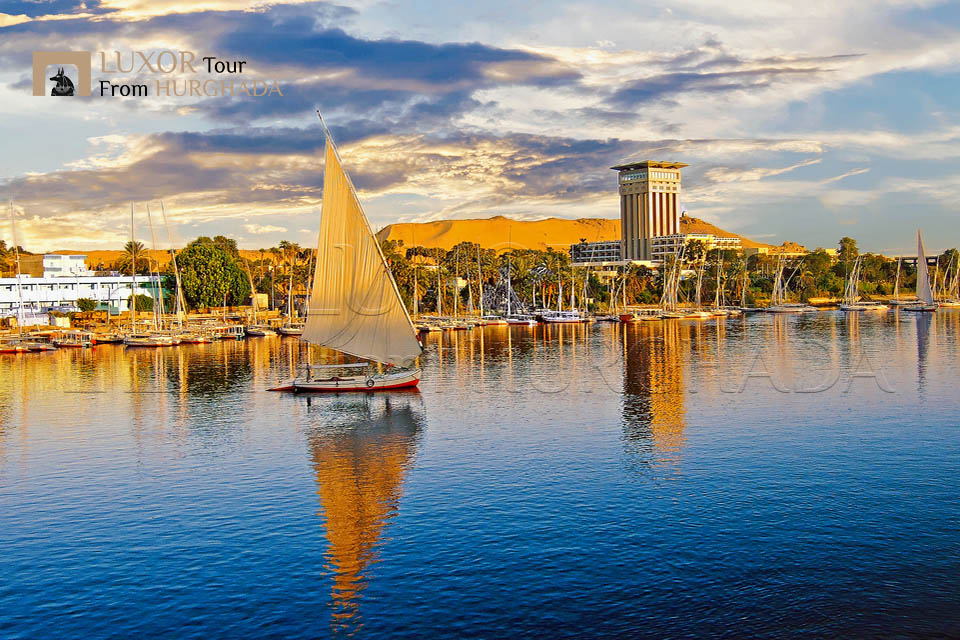
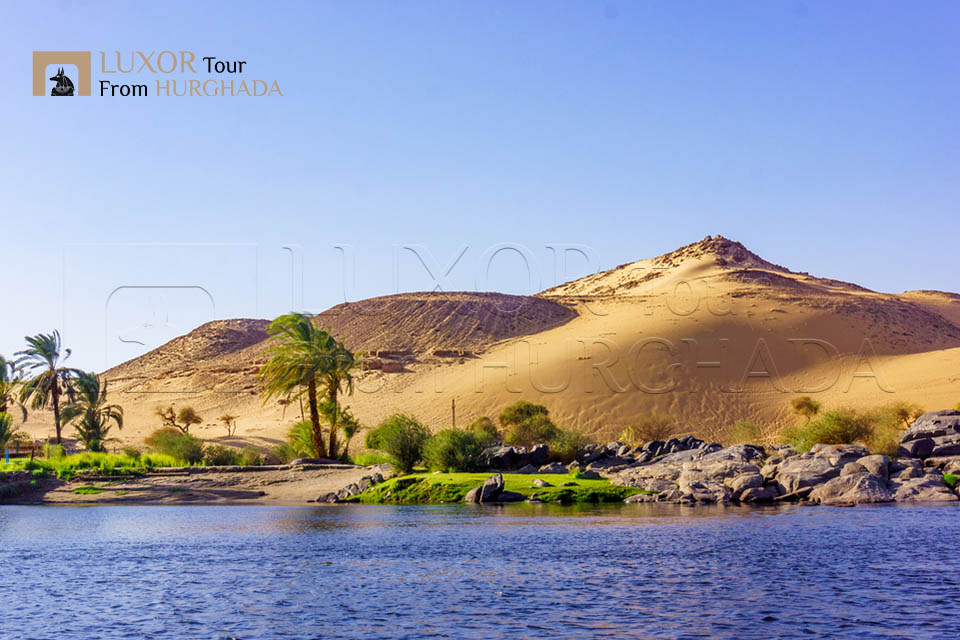
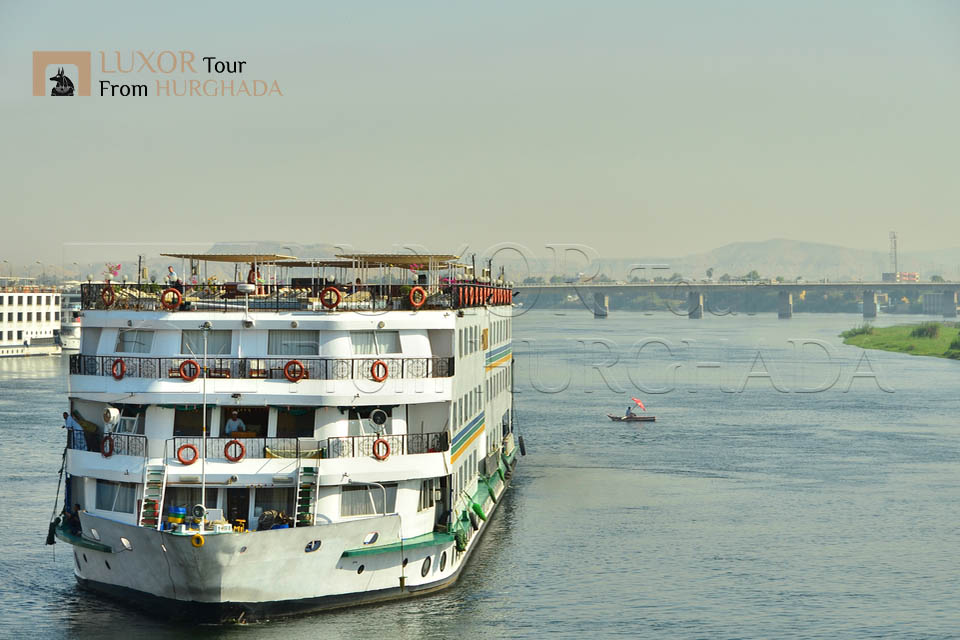
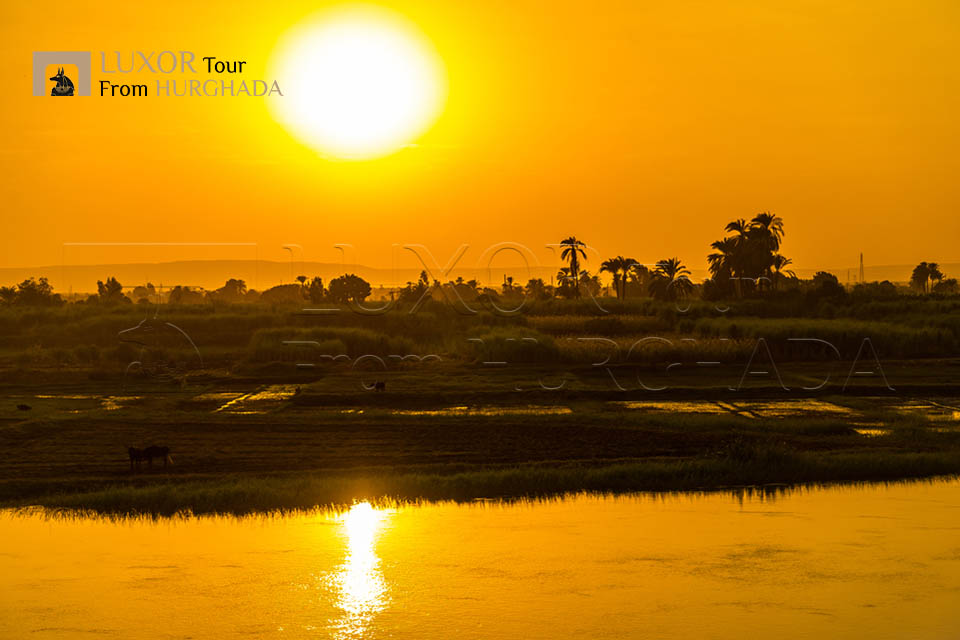
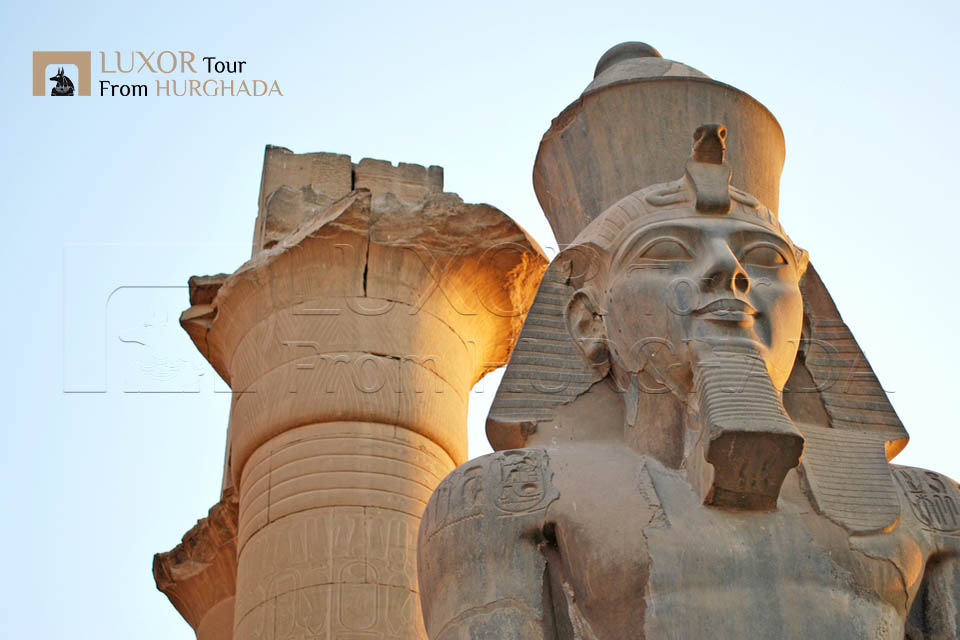
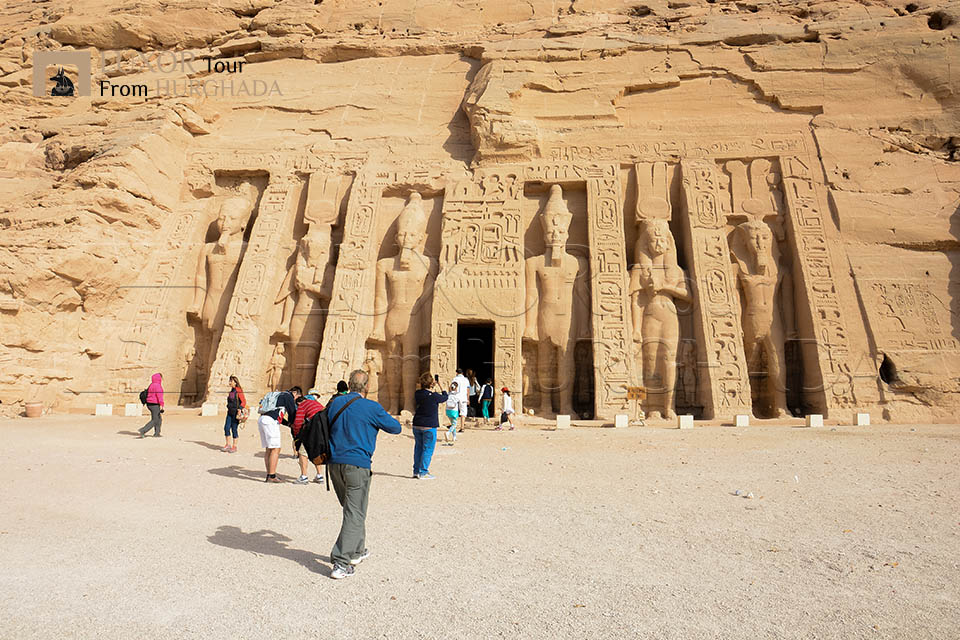
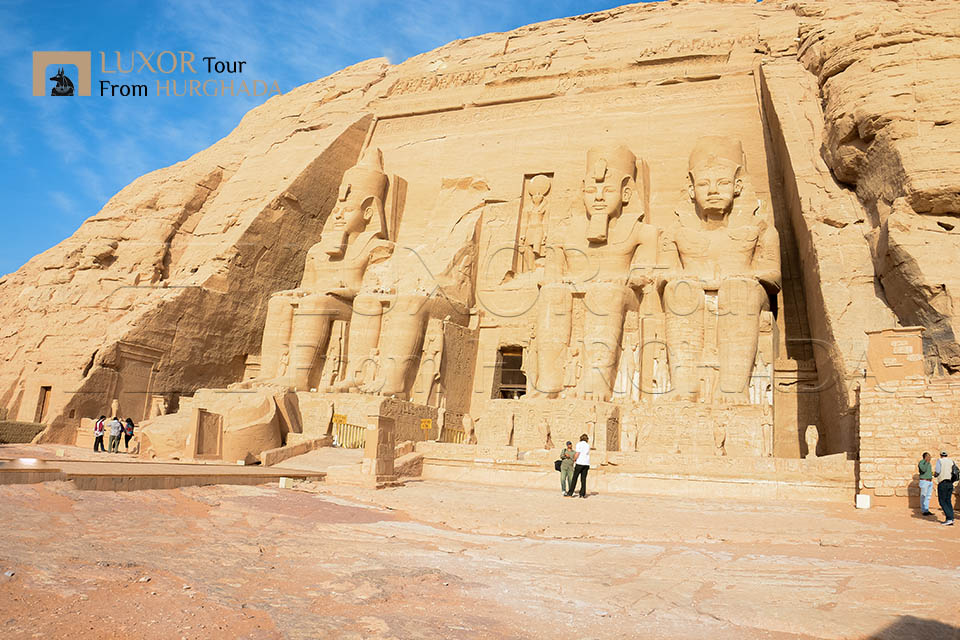
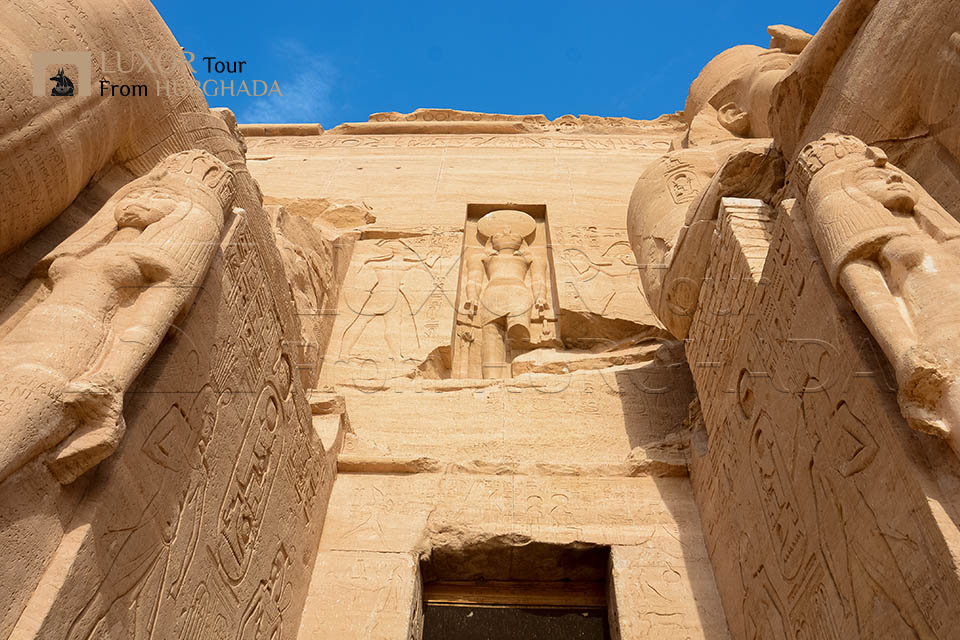
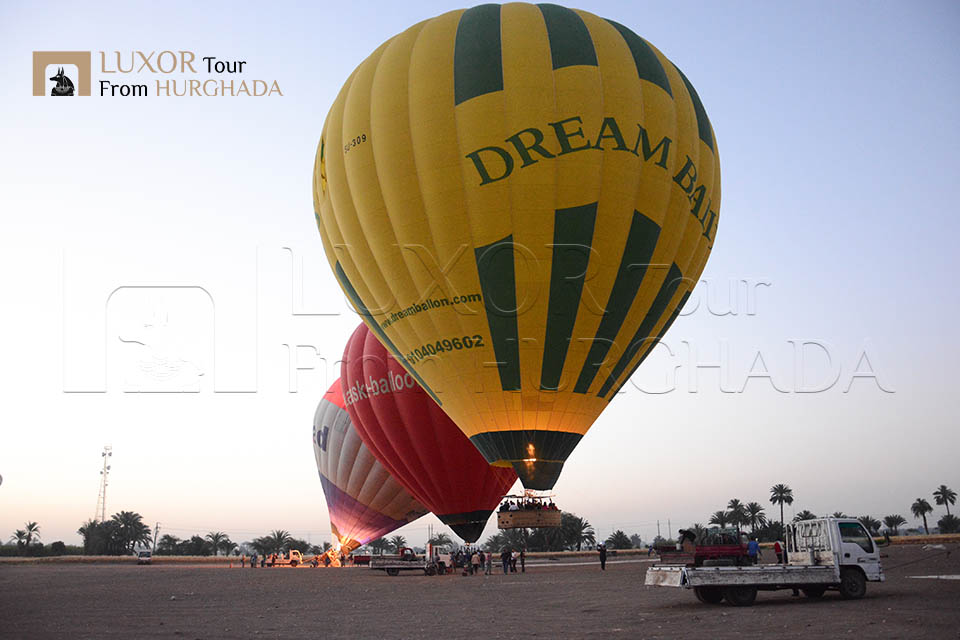
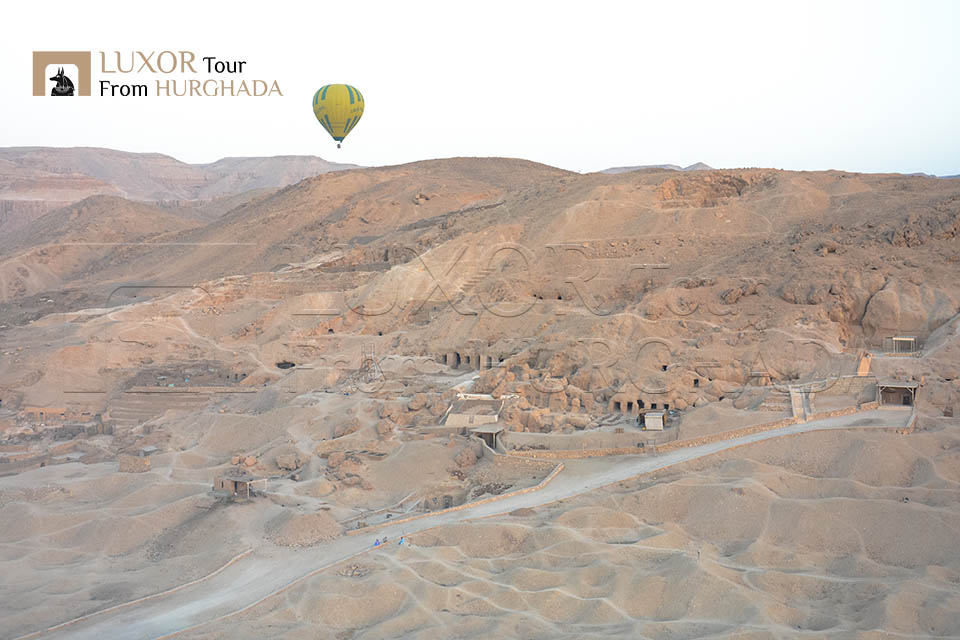
Savor the timeless experience that is a Nile cruise as you sail from Aswan to Luxor on an indulgent ship with a board swimming pool.
Feast on breakfast, lunch, dinner—and even afternoon tea—as you discover ancient Egypt’s highlights.
Professional Egyptology is on hand as you visit the temples of Abu Simbel, Philae, high dam, Kom Ombo, Edfu, Valley of the Kings, Hatshepsut, colossi of Memnon, and Karnak.
Cruise the Nile with overnights in Aswan, Edfu, and Luxor.
Learn about ancient Egypt from a professional Egyptology guide.
Enjoy a full-board feast, a swimming pool, and ample onboard entertainment. train tickets, meals, and all transfers are included.
door-to-door transfer from and to your hotel.
Tour Full Info.
Day 1 Drive from Hurghada and Arrival Luxor & Visit Luxor East Bank: Karnak Temples Complex, which is known as a group of temples, buildings, and columns, as expansion and construction operations continued from the Pharaonic era, specifically the Middle Kingdom kings until the Roman era in Luxor in Egypt on the eastern coast.
The temple was built for the divine Trinity Amun (Amun Ra in modern times), his wife is the goddess Mut and their son is God Khonsu, and each of them has a temple belonging to the complex of Karnak temples.
Day 2 (Hot Air Balloon in Luxor- Valley of the Kings-Temple of Hatshepsut at Deir El Bahari-Colossi of Memnon) Valley of the Kings, also known as the “Valley of Biban Kings”, is a valley in Egypt that was used over the course of 500 years during the period between the sixteenth and eleventh centuries B.C.
The valley is on the west bank of the Nile, facing Thebes (now Luxor) in the heart of the ancient funerary city of Thebes. The Valley of the Kings is divided into two valleys; the Eastern Valley (where most of the royal tombs are located) Temple of Hatshepsut at Deir El Bahari: It is a temple from the eighteenth Egyptian family, and the best of the remaining temples were built about 3500 years ago in Deir el-Bahari, Egypt.
It was built by Queen Hatshepsut on the west bank of the Nile opposite Taiba (Luxor today). The Hatshepsut Temple is distinguished by its unique architectural design, compared to the Egyptian temples that were built on the east bank of the Nile in Thebes.
Colossi of Memnon: A statue of Memnon, or a giant of Memnon, it is two huge statues, established around the year 1350 BC, which is all that remains of a temple in memory of the Pharaoh (Amenhotep III), located in Thebes, Western Egypt.
The statue’s height reaches 19 meters and a third of a meter, and the Greeks called (Memnon) upon them when the eastern statue cracked from them and produced a voice similar to the legendary hero (Memnon) who was killed in the wars of his parcels and was calling his mother (Ayus) the goddess of dawn every morning. She was crying over him Her tears were dew.
Day 3 – Temple of Horus- Temple of Kom Ombo Temple of Horus:
Around 05:00 am be Ready to Visit The ancient Egyptians called it Geb and the Greeks and Romans called it Apollinopolis, Magna, which is the greater city of Apollo.
In the days of the Pharaohs, Edfu was the capital of the second region in Upper Egypt. Edfu was placed under the protection of the falcon deity Horus, king of the city Temple of Kom Ombo: This temple was established during the reign of Ptolemy VI Philomator.
This temple has a unique feature that resulted from Local worship at the place, where people worshiped two local deities, Sobik and Horus-headed, there are also on the axis of each of these two saints the gates to Side to each other, in the outer wall. the temple is divided into two parts each dedicated to the worship of one of these gods.
Day 4 -Temple of Philae-Aswan High Dam Temple of Phila:
The “Philae” temple was originally built to worship the goddess, Isis. The great temple was built during the third century B.C. and was followed by the temples of Amenhotep and Arsenovis.
The temple of Isis is considered the last Ptolemaic monument, and its construction was completed before 116 B.C. by Eorgets II. Other Ptolemies added inscriptions to Philae, which are regarded as masterpieces of the temple.
Emperor Augustus Caesar built a temple at the northern end of elephants in the ninth century BC.
Aswan High Dam is a water dam on the Nile in southern Egypt. It was built during the era of Gamal Abdel Nasser and the Soviets helped build it.
The dam greatly helped control water flow and mitigate the effects of the Nile flood. Used to generate electricity in Egypt.
Construction of the dam began in 1960 and the total cost was estimated at one billion dollars, one-third of which was written off by the Soviet Union.
The last 12 electric generators were installed in 1970 and the dam was officially opened in 1971.
Day 5 Abu Simbel Temple & Drive Back to Hurghada: Abu Simbel Temple Complex: Around 5 am it is time to visit one of the most important sites in Egypt Abu Simbel Temples.
The construction of the temple complex began around 1244 BC and continued for about 21 years, until 1223 BC. Known as the “Ramses Temple” liked by Amun “, it is one of the six rock temples in Nubia that were erected during the reign of Ramses II.
Hurghada: After You Finish Your Tour, we will pick you up and transfer you to your hotel in Hurghada. end of our service.
Pickup Time: 04:00
Expected Return Time: Multi Days Tour 4 nights / 5 days
Tour Duration: Multi Days Tour 4 nights / 5 days
Tour Typ: Private and group tour
Guide Languages: English, Arabic, German, French, Russian, Italian, Romanian, and Spanish.
Per person
View DetailsPer person
View DetailsPer person
View DetailsPer person
View Details